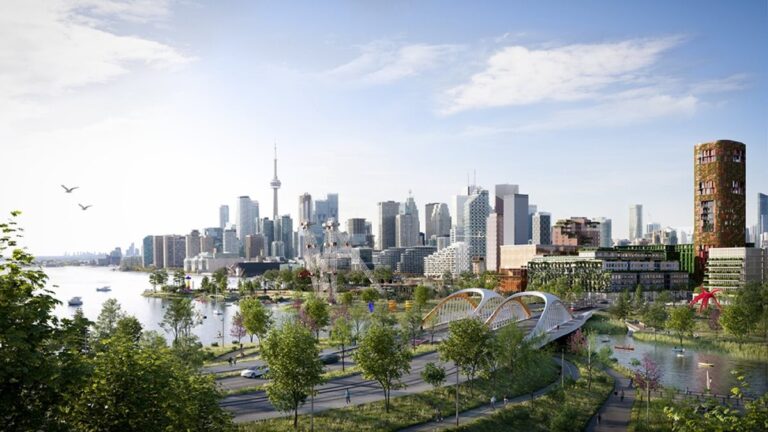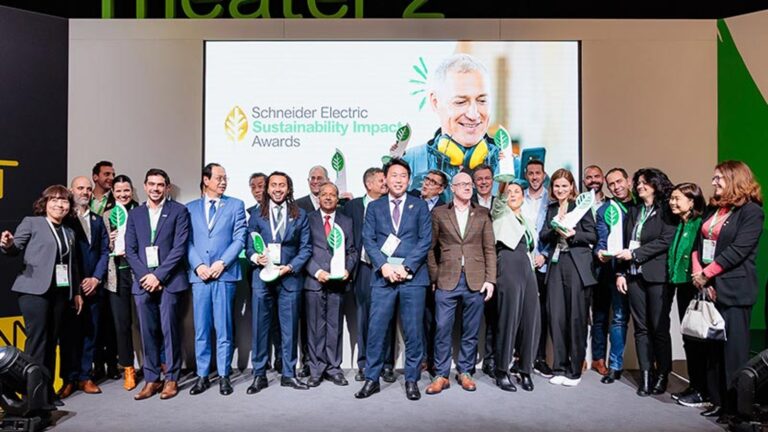Sunday, July 6, 2025
Every second that passes is one tick closer to Net Zero 2050, when Canada has pledged to have reduced its greenhouse gas (GHG) emissions to the point where we are carbon neutral.
The proliferation of electric vehicles (EVs) is a significant part of that strategy. In a little more than a decade, the production and sale of vehicles with internal combustion engines will be prohibited in Canada. This will be a big change for a country whose entire motorized infrastructure is built for gasoline-powered vehicles.
“When they released the Model T Ford, there wasn’t a gas station on every corner because they weren’t needed,” says Kevin Lisso, chief executive and co-founder of EnerSavings, Canada’s leading energy management company that offers sustainable and tailored energy-saving solutions for clients in the industrial, commercial, institutional and multi-residential sectors. “But as the car grew so too did the infrastructure. We are facing that same scenario again, but it is a bit different with the EV because homeowners will have the capability of powering their vehicles at home.”
For single-family homeowners, this is as simple as them making decisions on EV chargers for themselves; but it is a more complex situation for the owners and managers of multi-residential properties, particularly condominiums, with potentially hundreds of parking spaces requiring the capability to support an EV charger.
Some reports have indicated this can cost building managers hundreds of thousands of dollars, but with a little foresight and careful planning, it doesn’t have to.
Is your building EV ready?
EnerSavings suggests there are 10 critical questions condominium boards and property managers should be asking before they plug into an EV partnership:
- Are you proactively planning your EV strategy for your entire building, based on what is coming in the future, or reactively planning based on a few resident EV inquiries?
A piecemeal approach will not work in the long run. Before long, the patchwork network of chargers will tax the building’s electricity load, and retrofitting from that point will be costly – both in dollars to be spent, and the lost dollars already spent installing the existing chargers.
- Do you understand the implications and impact of adding more than 200 EV chargers, ovens or dryers to your building’s present electrical capacity/system?
Electricity is not an infinite resource. It has limits. The right infrastructure needs to be in place to manage the load on the power source.
- What does your building look like with everyone in the building driving EVs?
It may only be three or four drivers today, but soon the building will have to accommodate everyone. Every building should start planning today for what that will look like tomorrow. Can they be accommodated, or will they create brownouts or blackouts?
- What does your neighbourhood, community and city grid look like with all building residents driving EVs? How will that impact your residents?
This will determine the kind of system you should be considering for your building.
- Do the EV solutions you’re considering provide a Level 2 Charger for every resident in your building, or just a few?
When everyone is driving an EV, every condo parking lot will require capability to support a Level 2 EV charger. Plan for it now to avoid taking the hit later.
- Beyond load sharing and circuit management, do the EV solutions you’re evaluating manage the energy being used plus the associated costs of the EV charging network long-term?
Putting a comprehensive plan in place today can prepare for future costs.
- Can the proposed EV solution adapt and react to future hydro fee increases?
Electricity prices are going to go up — it’s inevitable. Installing chargers as residents request them limits future flexibility of the system in the garage, and will eventually require an entire (and costly) overhaul.
- Can the solution take advantage of incentives offered by the local hydro authority to decrease your usage for a period of time to avoid blackouts in your building and area?
A proper management system can reduce use during peak hours and maximize time during periods when there is less stress on the local electricity grid.
- Are you aware of the true costs (the published costs, additional charges and hidden fees) of EV chargers in your building?
The solution for your facility should include more than just the charger. There will be network communication costs to consider, weighing the pros and cons of WiFi versus cellular networks and establishing the level of coverage throughout the garage. When looking at the cost of your EV charging network, you should know if these communication costs are approached in a piecemeal fashion or are an all-in-one package, and if they are included or are extra.
- Are you aware of the implications and total costs of EV ownership of installing a responsible, proactive long-term EV solution and future-proofing your building vs. installing a reactive temporary EV solution to serve a few tenants?
Putting together a plan today doesn’t mean the entire system has to be installed today. But preparing the infrastructure now — a master electricity management system to look after the entire garage — will support staged installation of the actual chargers.
“Condo owners and managers have to take a broader view of this evolution,” says Mr. Lisso. “This is not about the three or four EV owners currently living in your complex. It’s about the future and what your building is going to look like when everyone is driving an EV. We have to start thinking about the collective, because there is only so much capacity in the system.”
For further information, click or call an Enersavings EV expert.
Featured image credit: istock.











